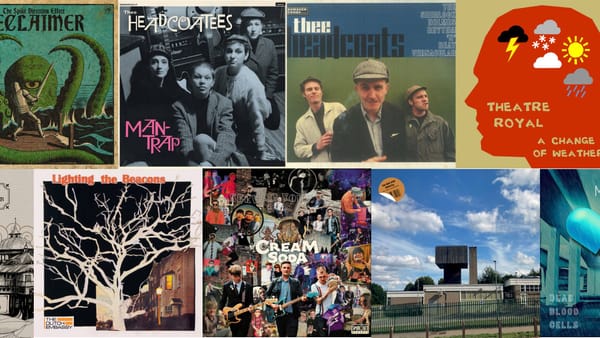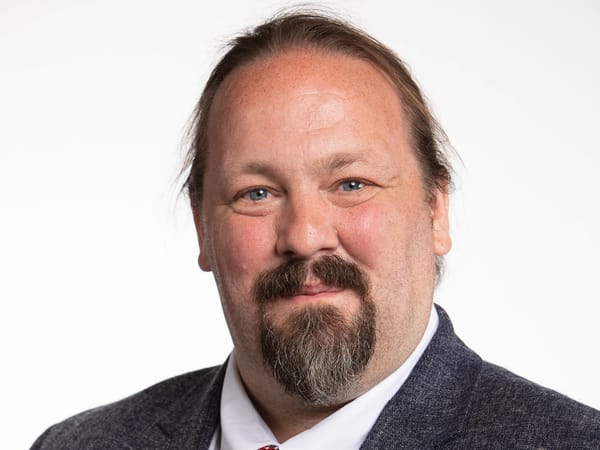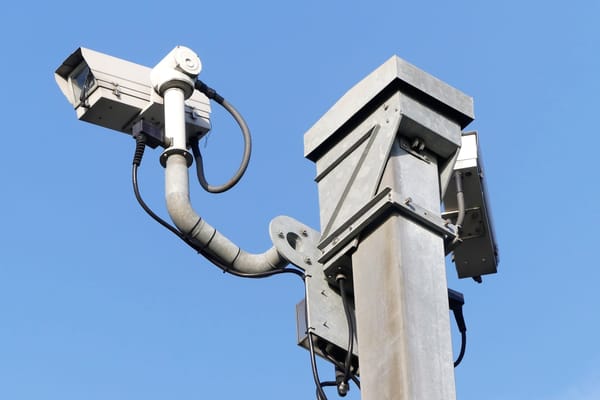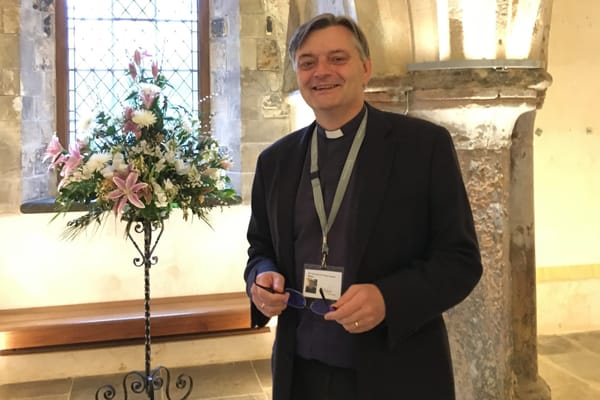“I don’t call you an English user. I am a British signer, you are an English speaker, simple as that.”
What Steven asked Christopher Sacre, deaf artist and Art Facilitator for See and Create.
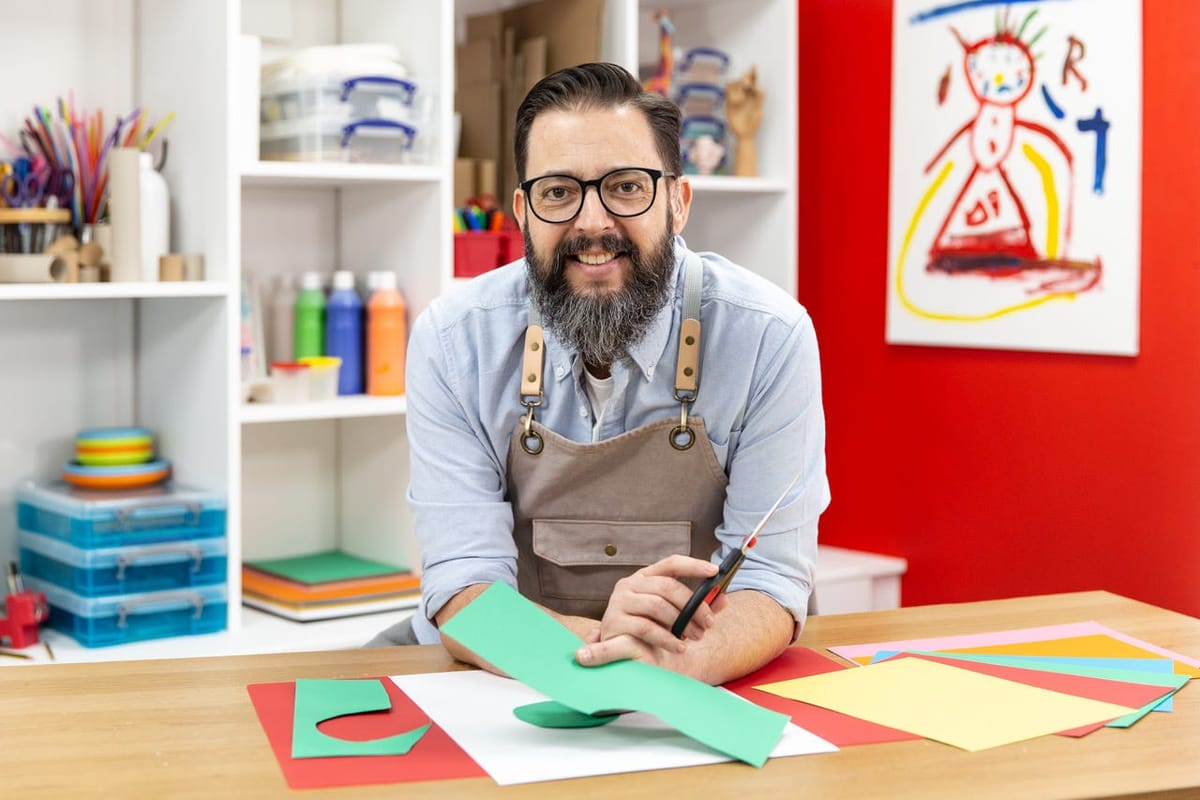
Christopher Sacre is a local artist and workshop facilitator with See and Create. Steven met with Christopher and his interpreter at his studio to discuss his use of social media, why more people should learn British Sign Language and what he did with 2000 condoms.

Where were you born?
Lewisham in London.
How did you end up in the Medway towns?
My parents moved here when I was a baby.
How did you find school?
Apparently, I have a small brain and I’m not very good at memorising things! So I’m vague on what happened back in the swampy mists of my school days!
My situation was different because I am deaf. They used to have a special Deaf Unit at Fairview School in Wigmore. School was fine, we just got on with it. For secondary school I went to Burwood Park School near Walton-on-Thames, in Surrey, a school for the deaf where I boarded. All the students were deaf and boys. This is where I discovered my true deaf identity and British Sign Language. It was a culture shock. When I was younger, up to the age of 11, I hated being deaf, because I didn’t know who I was, and why I couldn’t hear like other children. All those things were making me frustrated.
For the readers, can you explain who is with us today and why?
This is my BSL interpreter. We first met about 16 years ago. She basically supports with communication for those who can't sign. She is here to make sure the communication is smooth.
What is your preferred method of communication?
It depends. If I was having a conversation with you, which is direct conversation, I am happy to speak English as my second language, because obviously you can’t sign. I am happy to lip-read you, but sometimes I am not sure. I can look at my interpreter, and she can translate it into British Sign Language. Today we have met for the first time. If we had met before, I could have time to work out what you are saying through lip reading, but you are very new and you have lots of beard! If a person can sign, then I am happy to use my first language, which is British Sign Language. I became deaf when I was two years old. I was born into a hearing family, and I didn’t learn sign language until I was 11 years old. It also depends on if you can understand my ‘deaf voice’ because sometimes I can’t hear my voice. I’ll wear hearing aids, so I can hear my voice because I am either speaking too quietly or shouting. Basically, I am profoundly deaf, which means about 90% deaf.
What caused that when you were two?
I think it was because I had the mumps, which was quite common at the time in the 1970s.
Did you go to university?
I went to the Wolverhampton School of Art and Design and eventually graduated with a BA (Hons) in Fine Art Sculpture. Previously I had studied for a Higher National Diploma (HND) in Model Making at Rycotewood College in Thame, Oxfordshire. I enjoyed Wolverhampton University as there were quite a lot of deaf students studying there at the time.
Of the different arts, why did you focus on model making?
Basically, I am good with my hands. My favourite programme when I was growing up was Open University because they would have diagrams. It was visual. I can remember Tony Hart and Blue Peter, and I liked drawing. I always wanted to be a graphic designer, but it was too competitive. I studied wider art and design, photography, print and sculpture and so on. I liked sculpture. It was tactile and visual. I wanted to be more free-form, so I re-applied to Wolverhampton School of Art and Design, and it went from there. I just like making stuff.
What was your first full-time job?
Well, I don’t have a ‘full-time’ job. I’ve been self-employed for over 23 years. My first summer job was fruit picking out at Hoo Farm. I needed the money. My first ‘job’ where I worked freelance was at the Tate Modern in the year that it opened (2000) as an art facilitator. I enjoyed it. I like being with people and having the interaction.
What brought you back to Medway?
After Wolverhampton, I moved back to my parent’s house, which lasted about two weeks. Then I moved to London and lived there for about five years. When I lived in London, I said I would live there for five years. I don’t know why. I did struggle, the rent was not cheap, it’s a big place, and it didn’t help my creative process. Towards the end, I had no fixed address. I decided to move back. My parents still lived in Medway. However, I didn’t know anyone in Medway. I just started from there and met a great art community where I felt a sense of belonging. You need to have rich friends in London to buy your work. Unfortunately, I didn’t have any rich friends! In Medway it doesn’t matter who you are, we support each other. We return favours. It’s about pushing and encouragement. Developing your art and creative process.
What is your official occupation?
Artist and Art Facilitator, which means I encourage people to make art, but I don’t teach them. I am not an educator. I have been a director for See and Create CIC since July 2022.
What additional roles, paid or unpaid, do you do?
I do some mentoring work with deaf artists to give them confidence to work in the art sector.
What does your average day entail?
People often think I am very quiet. What they don’t realise is that two thirds of my time I’m chained to the computer to do admin stuff, accounts and emails etc. Sometimes the jobs don’t come to me. You have to go out there and meet people. So often it is a long time until I get to do the fun bits, to deliver the workshops, or drop-in activities, or even make sculptures. Unfortunately, I am unable to pay staff to do the boring jobs. A lot of time is not spent on delivery, and it should be the other way around. I have a lot more to offer, especially to people in Medway.
Do you currently have a preferred artistic form?
Sometimes I feel I don’t have enough time to focus because I keep giving, giving, giving. So, my last creative work was in 2018, five years ago. I quite enjoy digital art on the iPad. I like the animation side of things. As you see with sign language, it’s movement. It’s about how we can create a new form of art. People record language, spoken language and English, but not enough BSL art. I am hoping to see more BSL art in the coming years.
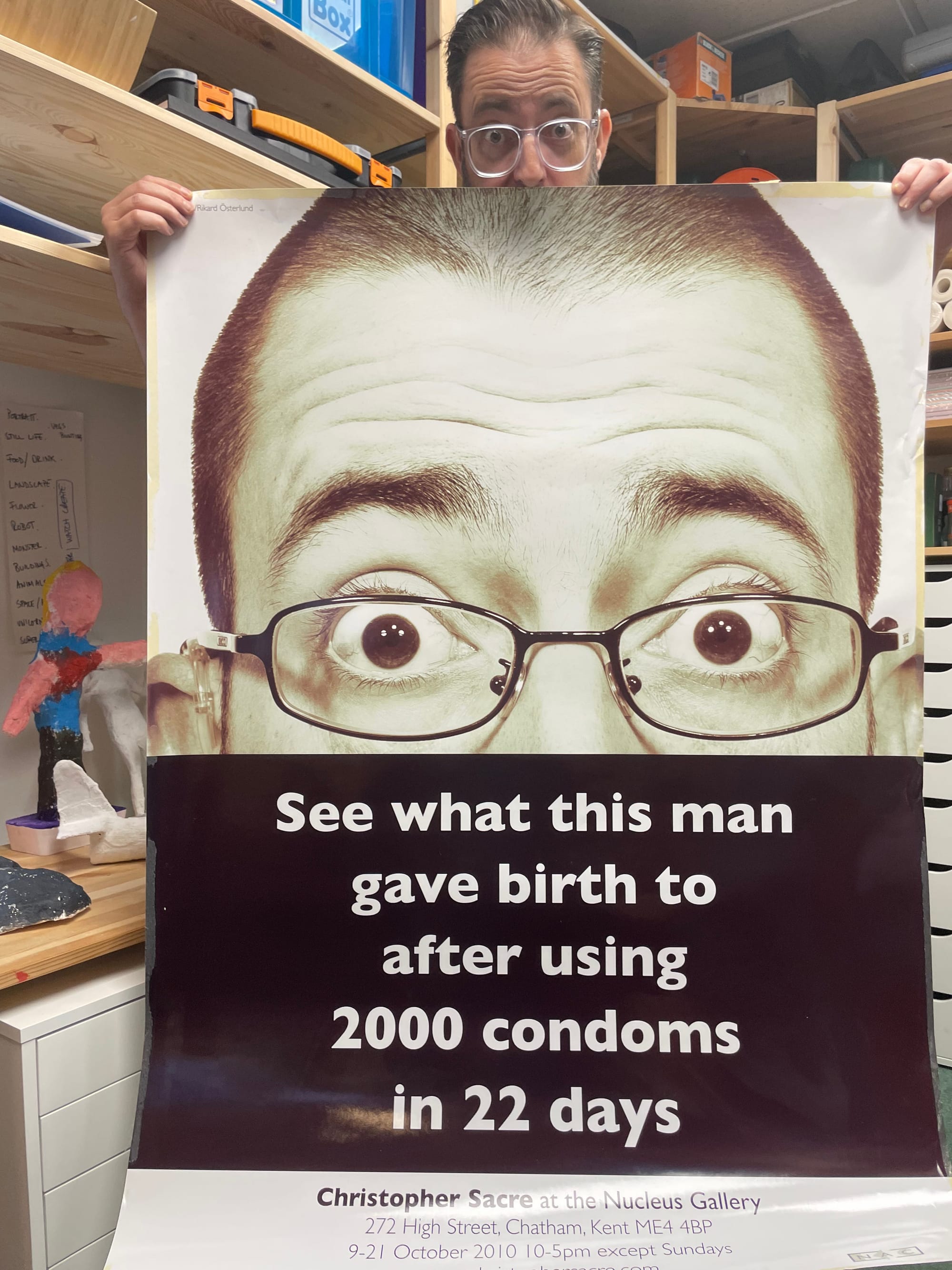
The big question: What did you do with 2000 condoms?
Depends what you mean (laughs). I heard a rumour about a man, Christopher Sacre, a deaf artist who used 2000 condoms in 22 days. There is a story. There was a gentleman, Peter Reeds, and we had a studio at Nucleus Arts. In 2010, he asked me, “I’ve never seen you do any artwork. You are always travelling to London and back. Why don’t you go and book the gallery space?” That was in February. I booked the gallery for October, and I thought ‘my goodness, I am going to have my first solo show, what am I going to do with it?’ When I was studying there was an art that I enjoyed, which was land art, where they used landscapes to make the art. I didn’t want to do that, I wanted to do something different. Back in my college days, I remembered a project called Pressure where you hold a ball of clay, then you squeeze it. I wanted to try that shape. I tried a balloon, but it doesn’t work, because it is too thick. I needed something thinner, so I tried a condom. However, the teat at the end I didn’t need. So that was the project.
Over the years, I thought the shape reminded me of a person. I thought what if one of them became a life form? I poured plaster in, and it gave birth to a baby. What fascinated me was that I don’t know who this person is. Are they deaf, hearing, disabled? At the end of the day we are all human beings. I thought if I could make a thousand of them, I could tell a story about how deaf people communicate. Space is really important. In a circle, we can see each other, but not behind me. It was about the placement within the gallery space. I started making 1000 of them. Making and measuring and realising it wasn’t enough. The news started spreading, about me using condoms and stuff, and what was going on. Then my studio neighbour, Nick Evans, asked to design the poster and Rikard Osterlund took the photo. It was 1000 in 22 days, then a couple of weeks later I decided 2000, but I didn’t update the time. So, I needed to make 2000 in 22 days. This was paid for out of my own pocket with no funding. I put a teaser on social media and on opening night I had over 200 people who came, and I thought there’s something wrong here. So, I tried it in different places where people didn’t know me and still turnout was high.
Unfortunately, I wasn’t making money. In 2014 I got my first Arts Council funding, because how do you explain what you are going to do with 2000 condoms? Once I had the social media as a portfolio, I got Arts Council funding to do Nothingness.
Do you have a preferred social media tool?
I think it depends on who your audience is. I work with children. They are not allowed to use social media until they are 16 years old etc. Most adults are familiar with Facebook, however it is quite time-consuming and I sometimes think ‘Why can’t they check the website? Why can’t they find out for themselves rather than waiting for us to provide it?’ I have been, over the years, becoming a bit messy about posting stuff. I have been leaning towards Instagram, which has clear pictures and a good way of sharing your portfolio. People in the past have encouraged me to use Twitter. Twitter, personally for me, I hardly use it, but it is quite a good way of connecting with organisations. For me, I don’t see the benefit, but I am keeping my eyes open for Threads. My children are encouraging me to use TikTok if I want to engage. A lot of people watch YouTube and TikTok. The challenge is how do I get them here to the workshops, for parents to bring them here and so on. Will that happen if they are watching me make a fool of myself? I don’t know. This is why during covid, when we were suddenly all locked down at home, I noticed other artists doing workshops online. Then I noticed there was no British Sign Language. I got funding from the Arts Council and created a new series called Watch Create, which was in British Sign Language and encouraging making art at home. It was the first time I became a presenter, using three GoPro cameras. I quite enjoyed it. I am looking to do more digital art content for people to watch on their smartphone or tablet, but people should learn the basics of paper and pencil.
Has there been any improvement in Medway in the last 25 years for the deaf community?
I might be the wrong person, I’m not active in the deaf community because I am working in the mainstream. It’s all about survival. For my view there has hardly been much change from then until now. This is what I am trying to change, to get more BSL, more use of the language, more activity. The word ‘accessible’. I just don’t like it. I can communicate with you, but you can’t sign, so I need assistance so we can speak. It’s all about survival when I am speaking English. I’ve been doing that for a long time, and I want to change that to encourage people to learn sign language. There hasn’t been much change, except for Christmas Panto they have an interpreter on stage, but that’s once or twice a year. Why don’t they have captions for people who don’t know sign language? It’s not a deaf-friendly place. It’s not just Medway, it’s the whole UK. It’s a good time to change that in Medway, because there is so much potential for what Medway could offer, especially in the creative sector. There were actually 182 deaf students from Medway. There was a campaign, and now there is a deaf provision at Thomas Aveling School. That is a positive step.
Why is the term ‘hearing impaired’ inappropriate?
My hearing isn’t broken, I am deaf. Simple as that. For people to call me hearing impaired doesn’t make sense. Do I call you ‘signing impaired’? I can’t learn to hear. You can learn to sign. I can’t be fixed. They try to fix a problem with a hearing aid or a cochlear implant and so on. Some people who lose their hearing don’t like to be called deaf. They would rather be called Hard of Hearing (HOH), or some people say they became deaf, for example, in a work environment their ear got damaged. Hard of Hearing is for people that become old and they lose their hearing. Deaf simply means any form of hearing loss. It’s a clear description rather than different labels. Impaired is a negative word. Basically, it implies that we are the problem, that we are broken. The education system is not fit for us.
Why should people learn British Sign Language (BSL)?
Why? I could talk for hours and hours, but I’ll try and summarise. For me, I think we should learn two languages: English and British Sign Language. English is a form of listening, speaking, and writing. However, sign language is different communication: Pictures and sign. So, you would have the choice of listening and speaking, but also how to use your eyes. it’s hard to summarise. It’s about being inclusive.
In 1880, there was an education conference in Milan (Second International Congress on the Education of the Deaf), and they voted to agree to ban sign language in education. That deaf students should learn to speak. Also apparently they almost banned art. There is a link. Both are visual communication. They have tried to fix the problem to fit into hearing society, which doesn’t work for the deaf person. There is a communication barrier. They become isolated. Sign language is important in that it benefits everyone.
My wife is deaf, we have three children. We agreed no matter if they are hearing or deaf, we will teach them both languages at the same time, spoken English and sign language. We give them a choice to sign or speak. We didn’t expect to have a deaf child, but we found out she was deaf when she was three years old. We don’t know why. She is one of twins and she has a hearing sister.
The most important thing is to be mindful, for example with old people who are Hard of Hearing. Be aware of their mental health. They have a sense of pride, they are embarrassed to be deaf, covering their hearing aid. Why not learn sign language from an early age? People with learning difficulties would benefit from sign language at an early age rather than learning Makaton. Also, English and sign language have very different grammar. For example, with spoken language, we try and create a mental picture from the spoken word and the reading. With sign language, it gives you a visual picture. It can take a lot of words to explain something happening that can become clear in just a few visuals. Sign language isn’t just a tool for deaf people. I am not a BSL user. It is my first language. I don’t call you an English user. I am a British signer, you are an English speaker, simple as that. I want to encourage more BSL in Medway society. It’s about respect.
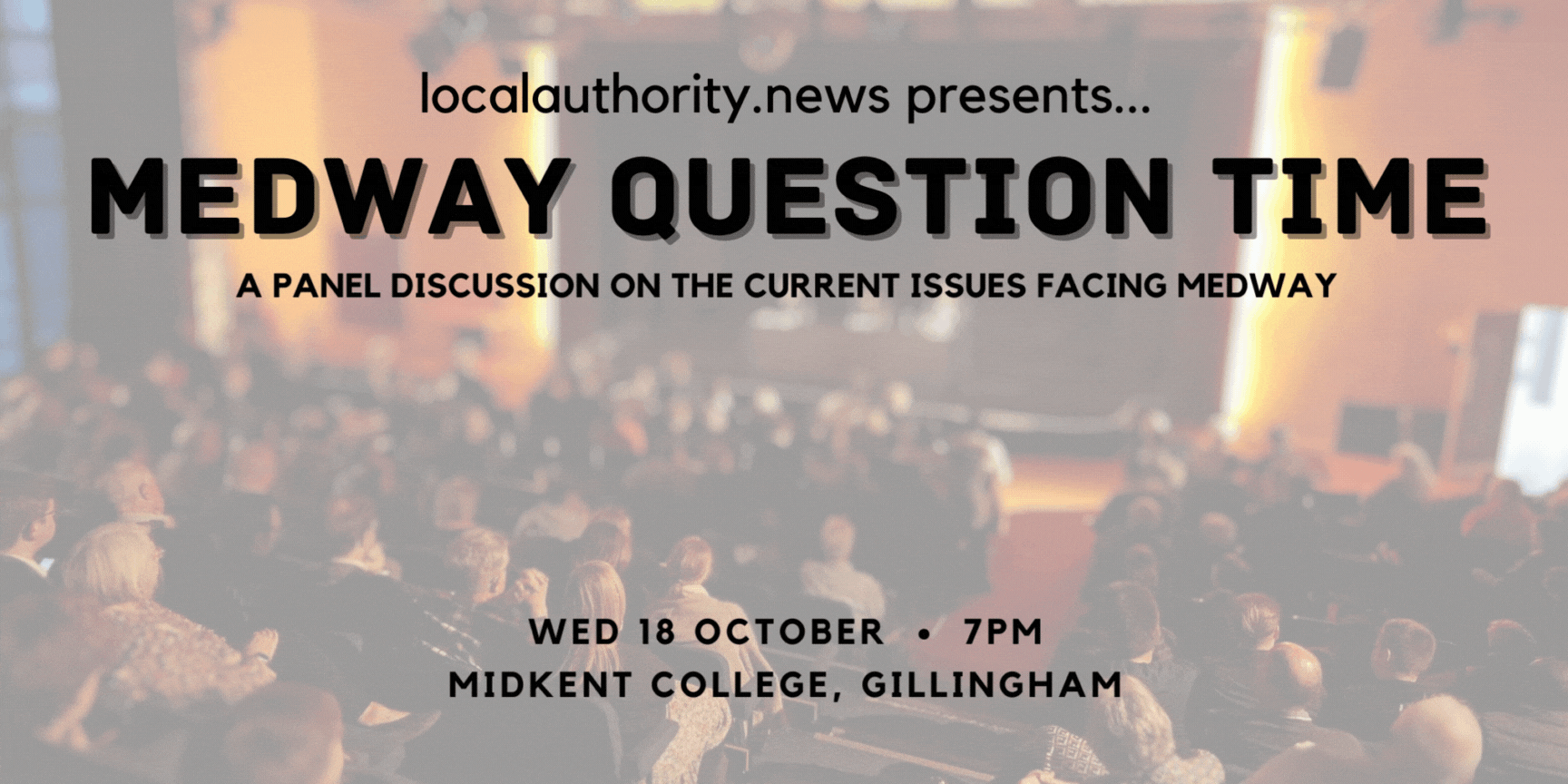
Our next Medway Question Time event sees us back at MidKent College in Gillingham for a discussion on the issues currently facing Medway. Our MQT events feature a panel of Medway figures engaging on the issues that matter most to residents. We have a panel representing a cross-section of Medway:
- Cllr Tristan Osborne, Medway Council Portfolio Holder for Community Safety and Enforcement and councillor for Rochester East
- Cllr Adrian Gulvin, Leader of the Medway Conservative Group and councillor for Lordswood and Walderslade
- Natasha Boardman-Steer, creative practioner
- Oliver Tomlin, Medway Youth Parliament representative for Medway
- Kate Mechedou, Director of Mrs Baker's Medway Theatre Company, Co-Director of Medway Play Lab and Co-Chair of the Arches Local Partnership
When booking a free ticket, you have the option to submit a question to the panel for discussion on the night. These events are an attempt to bring residents closer to local democracy and offer the ability to discuss issues from a diverse range of perspectives. We hope that you’ll be able to join us.
Footnotes
This interview has been lightly edited for length and clarity.
You can read our previous interviews here including our interview with Nucleus Arts CEO David Stokes.
If you want to suggest ideas or send tips for people to interview, please email Steven.
Steven Keevil co-founded The Political Medway. Steven listened to no music whilst writing this, but recommends reading A Once Crowded Sky by Tom King.

